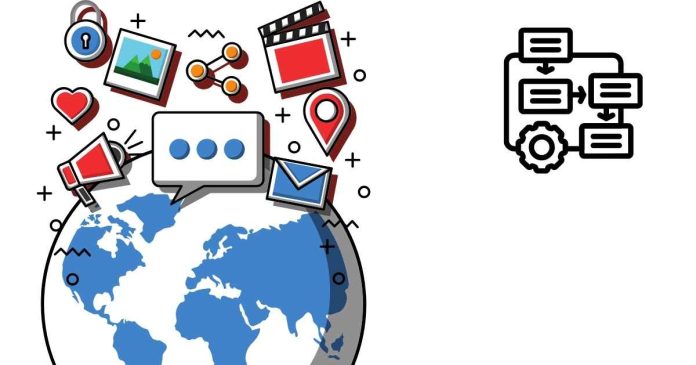The role of an Information Systems (IS) department—sometimes called IT (Information Technology) or Information Technology Services (ITS)—is to manage and support the technology infrastructure within an organization. The department ensures that the organization’s computer systems, software, networks, and other technology tools function efficiently and securely. Here are the primary responsibilities and roles of an IS department:
1. System Management & Maintenance
- Infrastructure Management: This includes managing servers, databases, networks, and hardware like computers, workstations, and storage systems.
- Software Management: Installing, configuring, updating, and troubleshooting software applications used across the organization.
- System Maintenance: Regularly updating and maintaining both hardware and software to ensure they remain functional, secure, and optimized.
2. Cybersecurity & Data Protection
- Network Security: Ensuring that the organization’s network is protected from unauthorized access, viruses, malware, and other cyber threats.
- Data Privacy: Implementing policies and technologies to protect sensitive organizational and customer data from breaches or theft.
- Disaster Recovery: Developing backup systems and disaster recovery plans to ensure business continuity in case of data loss or system failure.
3. User Support & Help Desk
- Technical Support: Offering support to employees or users for troubleshooting and resolving technical issues with hardware, software, or network connectivity.
- Help Desk Services: Providing a single point of contact for reporting problems, requesting IT services, or seeking guidance on technology-related matters.
4. Software & Application Development
- Custom Software Solutions: Developing or modifying software applications to meet specific organizational needs. This may involve creating internal tools or integrating third-party solutions.
- System Integration: Ensuring that various software applications, databases, and systems can communicate and work together seamlessly.
5. IT Governance & Compliance
- Policy Development: Establishing and enforcing policies related to acceptable use of technology, software licensing, and technology procurement.
- Compliance: Ensuring that the organization adheres to legal and regulatory requirements regarding data storage, protection, and usage (e.g., GDPR, HIPAA).
6. Network Administration & Communications
- Network Setup & Maintenance: Installing and configuring local area networks (LANs), wide area networks (WANs), or cloud networks to support internal communication and collaboration.
- Internet & Email Systems: Managing internet connectivity and internal email systems, ensuring reliable and secure communications within the organization.
7. IT Strategy & Innovation
- Technology Planning: Evaluating and recommending new technologies, tools, and systems to improve productivity, efficiency, and competitiveness.
- Innovation: Staying on top of technological trends (like AI, cloud computing, IoT) and identifying opportunities for implementing them to drive business growth and innovation.
8. Data Management & Analytics
- Database Management: Ensuring that databases used by the organization are well-organized, accessible, and secure.
- Data Analysis: Supporting business intelligence (BI) efforts by providing access to relevant data and generating reports that help leadership make informed decisions.
9. Training & Education
- Staff Training: Educating employees about new technologies, security best practices, or the proper use of software and hardware.
- End-User Documentation: Creating guides, manuals, or other resources to help staff use systems effectively.
10. Budgeting and Resource Allocation
- Cost Management: Managing the budget for IT resources, software licenses, hardware, and other technology-related expenses.
- Resource Planning: Ensuring that the IT department has the necessary tools, resources, and skilled personnel to support the organization’s needs.
In summary, an IS department’s primary goal is to ensure that an organization’s technology functions smoothly, securely, and effectively to support day-to-day operations and long-term strategic goals. The department plays a crucial role in maintaining the digital backbone of the organization and ensuring that technological resources are aligned with business needs.


